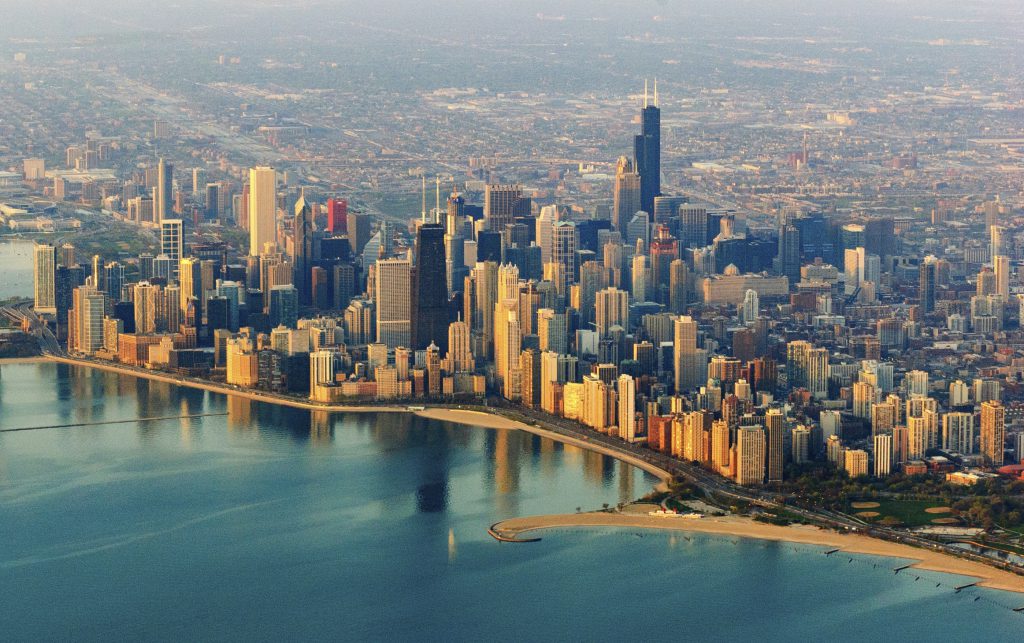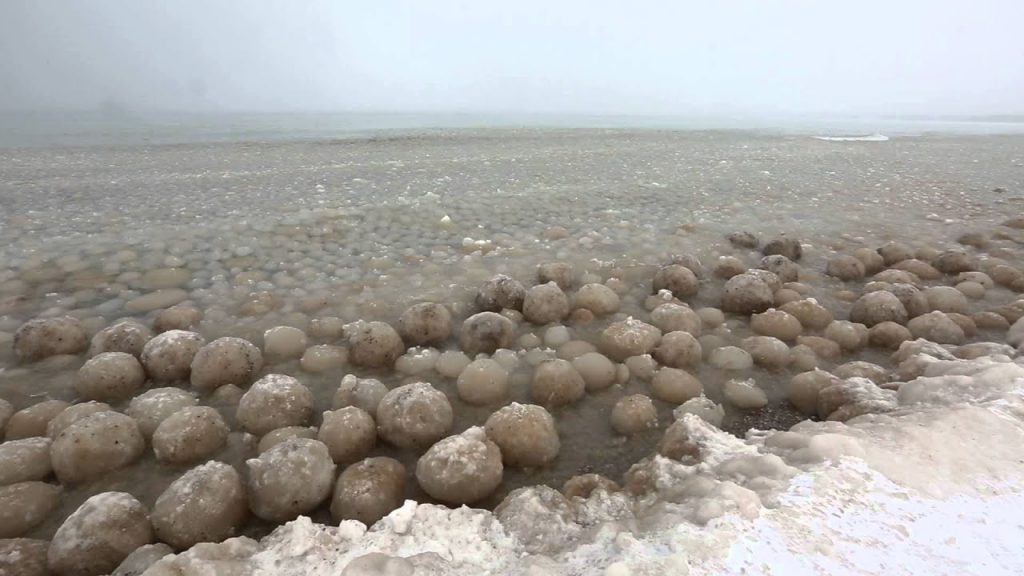What are these giant towers in Chicago and other cities

All over the world, and this includes Chicago, skyscrapers are popping up like mushrooms. How to explain the architecture of these extraordinary buildings?
Why are we talking about it? Because the giant towers project in Paris was revealed last May. These are two buildings of 115 and 180 meters with very modern architecture, designed by the architect Jean Nouvel. These towers will not be the tallest in Paris since the Montparnasse tower reaches 210 meters!
Today, cities compete in imagination to build ever taller and more resistant skyscrapers. And the record is broken every year! Big Advantages Building a skyscraper has many advantages.
These large towers can accommodate thousands of people or install a large number of offices on a very small piece of land. This is why large, densely populated cities favor this type of vertical construction.
The first skyscrapers were built in Chicago, in the United States, on the occasion of the reconstruction of the city which had been devastated by a fire in 1871. The first was built in 1884. Since many cities have emphasized this kind of architecture.
New York is famous for its skyscrapers. But the champion is the city of Hong Kong with more than 6,000 buildings over 152 meters! Skyscrapers are true works of art that are an integral part of a city’s heritage.
This was the case with the Twin Towers of the World Trade Center in New York. Before being destroyed by the attacks of September 11, they were one of the symbols of the city. Technological feats!
Building a skyscraper is no easy task. Imagine: you have to succeed in holding several hundreds of thousands of tonnes on a very small floor area. Architects and engineers have an essential role.
They must plan everything, calculate everything, so that buildings can withstand all kinds of events: strong winds, an earthquake or a fire, for example.
Chicago Waste management
This includes waste management and pollution as sustainability is part of the equation, according to Dave Tucker, managing director at a Chicago Dumpster Rental company. These tall buildings generate a ton of junk, garbage, polluted water, etc, and therefore the city must plan to be able to efficiently manage such workflow to minimize waste creation.
Waste management includes the collection, transport, recovery and disposal of waste and, more broadly, any activity involved in the organization of the management of waste from its production to its final treatment, including trading or brokerage activities and the supervision of all these operations.
To treat waste appropriately according to its nature (recycling, recovery, incineration or landfilling), it is essential to collect and sort waste correctly. Thus, for example, in order to be able to recycle the different materials, they must arrive at recycling plants that are separate from each other.
Each of Chicago’s districts has set up a waste management system adapted to the specificities of its location. Thus, the existing systems vary according to the municipality in which one lives and the official who is in charge.
Today, most skyscrapers have a metal structure. This gives them solidity but also a certain flexibility – they move! – which allows them not to collapse. This is the case in Japan, during the earthquake of March 11, 2011, the buildings of Tokyo pitched but did not collapse!
What was this strange natural phenomenon in Chicago

Because the regions of the North eastern United States have gone through a period of cold never seen before. Earlier freezing cold hit the north eastern United States.
Although it is usually cold in these areas, temperatures have reached record highs of -37 ° C. In Chicago, on the shores of Lake Michigan, a strange phenomenon has taken place as can be seen from a view of Chicago and Lake Michigan. But who shaped these strange snowballs?
In the foreground of this photograph, we can see a pile of snow. Large chunks of ice have accumulated along the shore of Lake Michigan, a huge body of water near the city of Chicago.
They almost look like snowballs. In the distance, you can see a large American city with its buildings. We call it “the skyline”, the city skyline cut out by the silhouette of buildings, more or less tall.
Smoke rises from the rooftops, a fog rises from the water: you can imagine it was very cold that morning in Chicago! A historic cold, the North eastern United States experienced a great cold snap. It was so cold that Niagara Falls partially froze!
In this photo, you can see that part of Niagara Falls, on the border between the United States and Canada, is frozen!
This wave is due to the “polar vortex”: it is a vortex of extremely violent winds which keeps the cold air above the North Pole.
In winter, this vortex can move. It then lets cold air enter areas further south from the pole. Natural ice cream scoops! A very peculiar phenomenon has also occurred.
Chunks of ice accumulated on the shore of Lake Michigan turned into balls from the waves of the lake. Little by little, the movement of the waves shaped them into very smooth balls!
Depending on the temperature of the water, these floating balls can even grow bigger: some can reach 20 kilos! American meteorologists have called this phenomenon “ice boulders“, “ice rocks”. This phenomenon occurs regularly in winter in Lake Michigan. But, that year it was much more important.



